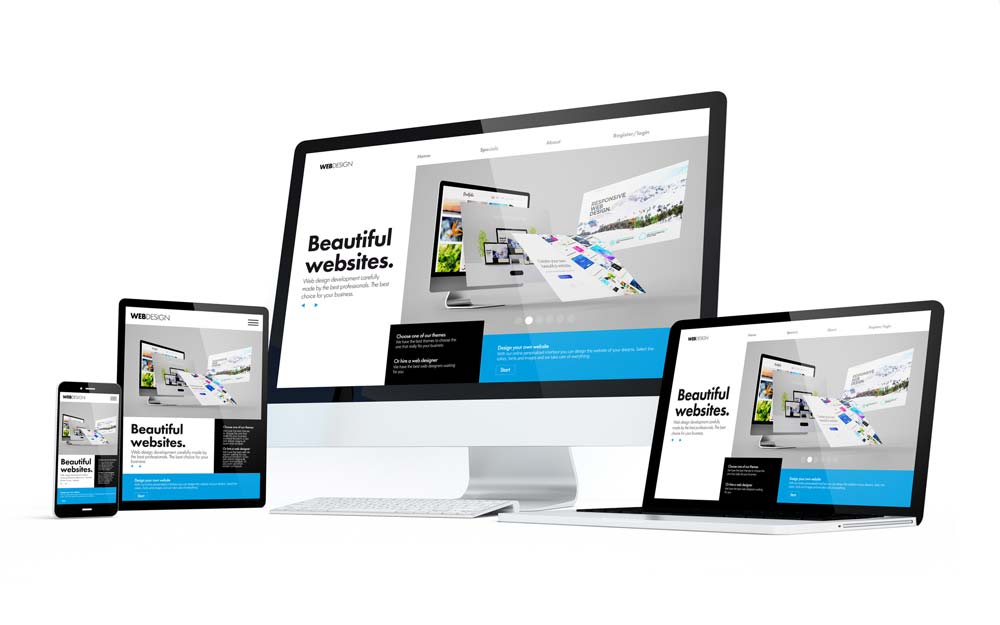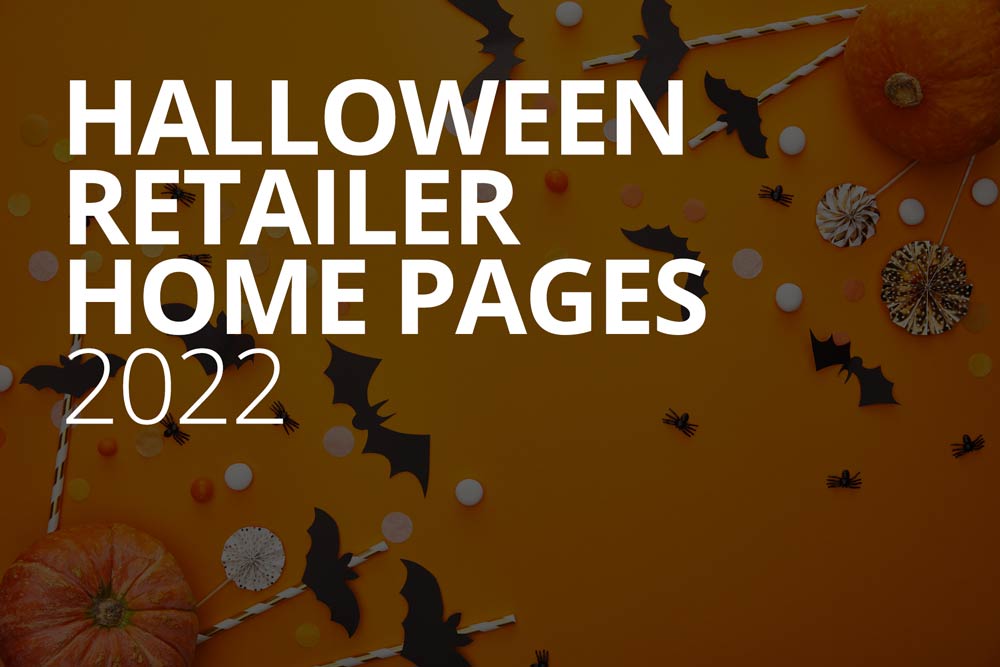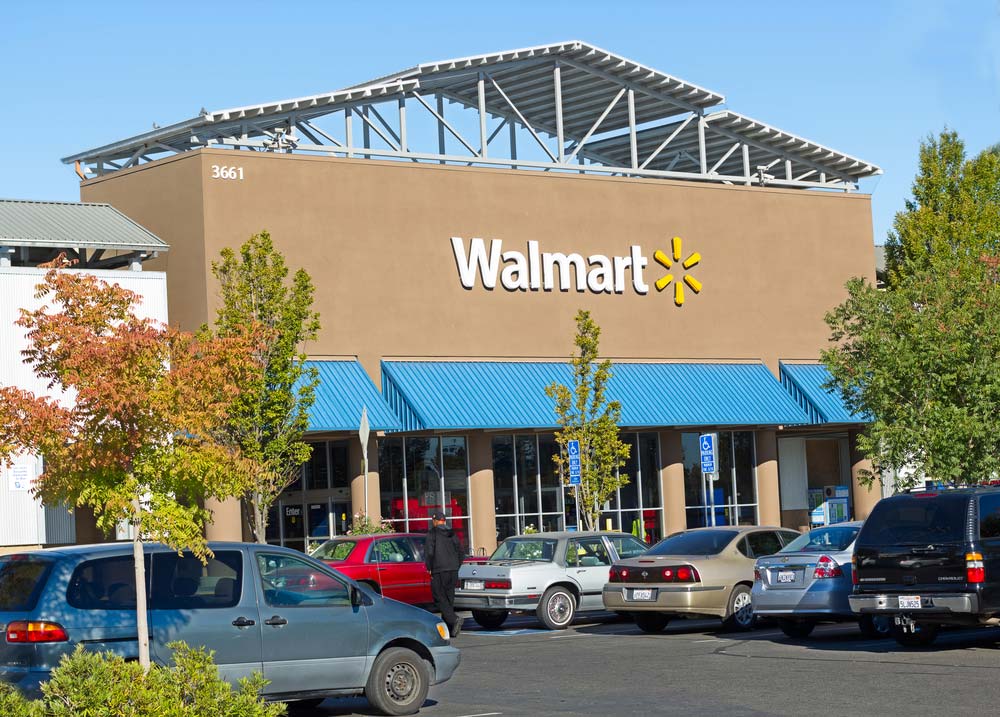
What Should Your Website Homepage Design Include?
By Daclaud Lee, Project Manager / SEO Consultant at Archmore Business Web

Home Page Design is considered to be one of the main elements in a website. Your homepage is the first thing that people see of your site and therefore plays an important role in drawing traffic.
Your options are many, but there are certain things your homepage just can't do without. These include: a call to action, a visual hierarchy and proper branding. Your call to action should be obvious and consistent across all platforms. Your visual hierarchy is the way in which you present your content (like paragraphs, videos and images) so visitors know what’s most important first. Lastly, make sure your logo tells people who you are with its color variation or even placement in relation to other content such as text.
Whether you're building a new website, or re-designing an existing one, there are certain things you simply shouldn’t leave out of your home page. Your top priority is to get visitors to take action and convert into buyers. If you do hire a designer, then make sure you give your graphic designer the right information.
Creating a homepage is no easy task but we are here to help you! Below are listed several tips that will make your home page design absolutely amazing!
Headline
Your home page design must include a headline. This is your H1 tag, This headline should be sweet and gets straight to the point of what you do. It should explain the problem you solve so visitors can immediately understand how your business can help them.
On a technical level, you should include just one H1 tag on your website. The most common way to do this is to insert the H1 tag near the top of the page and make sure it contains the company name. And when in doubt, outsource to a professional web designer.
Don’t use more than one H1 tag on your home page design. Just one is optimal. Using multiple H1 tags is unnecessary, as it doesn’t increase the power of the tag and can confuse visitors.
Sub Headline
Your business can offer lots of different services, but every service should have a unique description. Your home page design should include sub headlines show customers that they are getting exactly what they need when they come to your business. Include a sub headline for each type of service that your business offers. Not only does this make it easier for people to identify what type of business you are and what you do, but it will also help them choose which service they want to purchase from you.
Headlines are a powerful tool for increasing the click-through rate of your home page design, interior pages or blog posts. The main thing to remember is that you should use tags like h2 or h3 for most of your sub headlines. Other headers such as h4, h5 or h6 are entirely optional and it really depends on how detailed your services are.
Call to Action or CTA
Every home page design should include at least one call to action. A call to action is the one thing that can help you convert your website visitors. The main goal of your website is to make a conversion. This can be a buy button, a download link, a link to different articles or a contact form. A call to action (CTA) makes things clear that you want your customer to perform a specific action on your website.
Calls to action come in many forms and you can definitely have more than one. Just make sure you have the right CTA that matches the content on your website. Remember that you are in control of the website user's destiny! Having the right call to action on your home page design can increase your conversions significantly.
Images and Graphics
Many people are highly visual, so having supporting images that represent your business is an important aspect of the home page design. Some sites feature delicate photos of plants while others use a combination of text and images to convey the message. On a technically level, you should also make sure that your images are properly optimized to get the best results.
A person's background can also influence how they respond to certain images or colors. The key is to find compelling images that symbolize your business's mission and personality as well as communicate an actionable idea/message.
We recommend that you use custom graphics and images for your home page design, but if that is not an option, then you can always use free stock photos for your website if you are in a bind.
Navigation
Every internet user expects well-organized, accessible websites. Proper navigation will not only help users find what they are looking for on your website, but it will also reduce your bounce rate by keeping users engaged with your content. A search bar may be necessary if you have a website with a lot of content.
A proper website has to include a navigation bar. For desktop view, the navigation bar is placed at the top of our home page and contains an icon that looks like hamburger. On mobile and tablet views, this icon may be displayed as a hamburger menu or drawer.
Navigation can take many forms, including buttons and icons, as well as content blocks that direct the user to specific pages. Content block navigation on your home page design can allow you to entice visitors to other parts of your website's various feature sets by providing specific calls to action such as “read more” or “click here.”
Content
Having content on your home page that is relative to your product or services is the only way to keep users engaged. The more curious a person is about your products or services, the more they would like to see. Your home page design is the main focal point. Therefore, the content should be short and sweet and also lead them to trust you more as a brand.
A person who knows what they want, is more likely to make a purchase. Creating content that is related to your product or services will help build an emotional bond with the user, so that when they are ready to buy, you are on their mind. Content also helps with your SEO strategy and can get your website ranked for keywords relating to your products and services. Thin content can hurt your SEO, so make sure your content is rich.
Social Proof
People will only buy what they trust. Therefore having social proof on your website is necessary if your intent is to make a sale or to obtain more customers. Social proof can be in the form of testimonials and case studies, or it can come from the number of likes, shares, and followers you have on different social media platforms. Everyone looks for some kind of reassurance when they’re going to make a significant purchase.
Most web designs should include some form of social proof. If you don’t display any social proof online, you’re essentially taking advantage of all the potential customers who might be interested in your service or product. This can be testimonials and customer reviews from third party sites such as Google, Yelp or even Video review from YouTube.
Resources
The key to a successful product page is having the right resources. The customer will be able to learn more about your product or service, and make an informed decision by including resources on your page. By including information such as customer reviews and user feedback, your website visitors will be able to learn more about your product or service prior to making a purchase decision.
Resources can include on page information or even links to other websites that provide additional resources and information. Resources are an important part of any web page, and should be included at the end of your webpage.
Awards, Badges and Certifications
If you’ve been recognized by industry leaders, showcase this immediately in order to establish as an expert in your field. Awards, badges and certificates are an excellent way of establishing your site as an expert in the field. If you have them, showcase them on your home page design.
Footer
Your website should include a footer. Just like the navigation menu, this is likely to be a standard feature all across your website, from blog posts and pages to product pages. It is one of the most overlooked areas when it comes to site design, and you’ll want to create a footer and carefully consider the elements it contains before moving on.
The footer is an essential element of any website and should summarize everything contained within your website. This is a great place to include any links that you don't want the user miss when they have scrolled to the bottom of your page.
Other Home Page Design Considerations
Web design essentials are the first things that come to mind when you think of web design. Design elements such as a logo, font and color scheme can make or break your website. If a visitor is to trust you with their business, they know it starts with aesthetics. These are some of the most important web design essentials that a website needs to have before anyone will take notice of your business. If you are unsure, then you will want to consult with a graphic designer to help you choose the best color scheme for your website.

By Daclaud Lee,
Project Manager and SEO Consultant at Archmore Business Web
Do you need help with your Website's Home Page Design? Do you want more customers?
Call now: 614-568-7500
Ext 1
Book a call with Mike Forrest, CEO of Archmore Business Web





